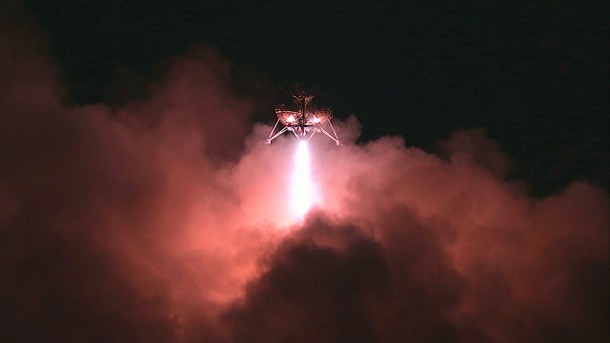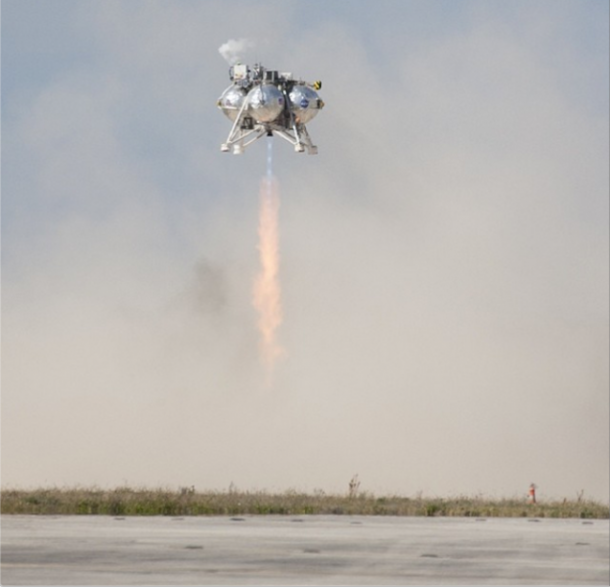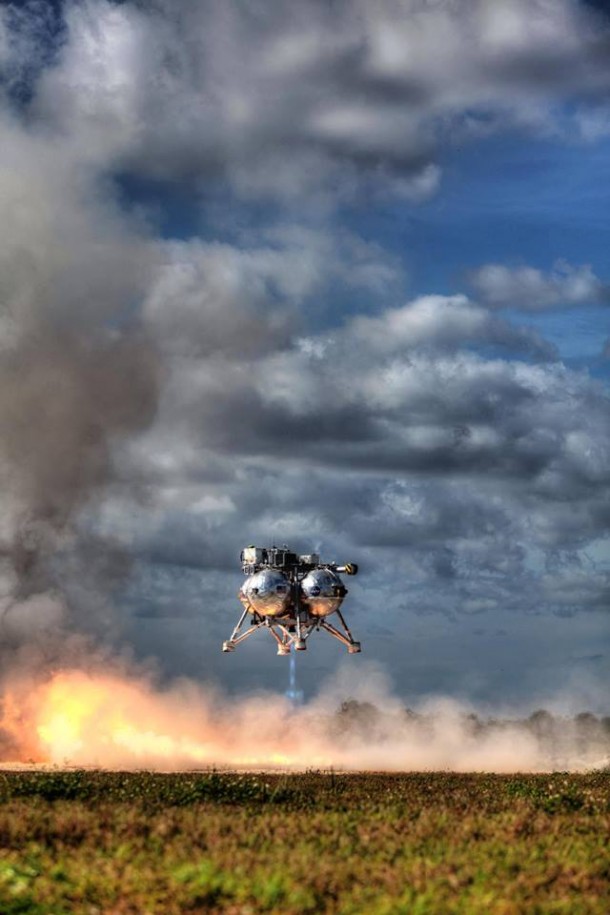The autonomous Morpheus Lander by NASA has completed the final (15th) test at Florida’s Kennedy Space Center. The vehicle was able to execute take off and land on the test course of simulated rocky terrain. Morpheus is unique because of the fact that unlike other vehicles, no human monitoring or control is necessary at the console because once the button has been pressed, the Morpheus is capable of operating autonomously.
The flight test had the lander ignite the oxygen/methane rocket and then shoot up into the sky for a distance of 800-feet followed by flying to the landing zone. It relies on ALHAT system that is short for Autonomous Landing and Hazard Avoidance Technology. The assembly weighs 400 pounds and has an array of computers and lessor sensors that are capable of scanning a particular surface and can ascertain any irregularities which may prove dangerous for the lander.
The landing was successful but that doesn’t mean Morpheus didn’t have its failures or setbacks. Now that the final version of lander has cleared the KSC part of its job, it will be delivered to Johnson Space Center where it will be further tested and evaluated for future technologies. The technology for the Morpheus will be updated, however, hardware revisions have been ceased for now.
Possessing a vehicle that is able to analyze the surface to carry out landing will be of immense help and importance for future missions. Morpheus based crafts will also transport people while taking care of the landing procedures on their own. Besides, it will double up as failsafe in case of things going south. Check out the video below for more details:



Amazing engineerin